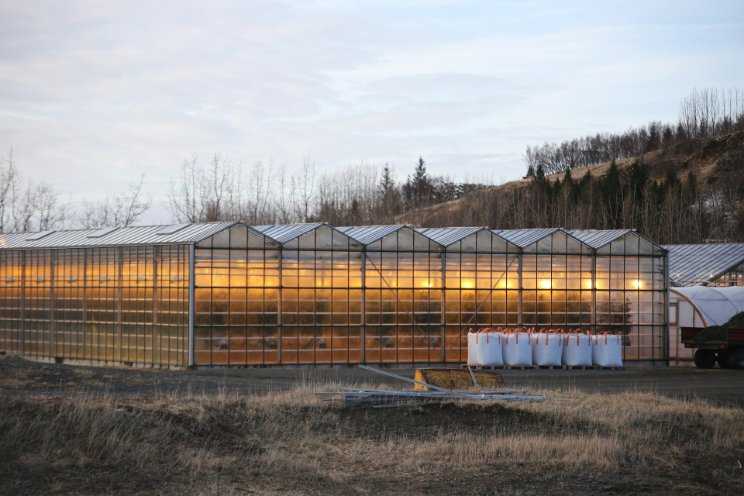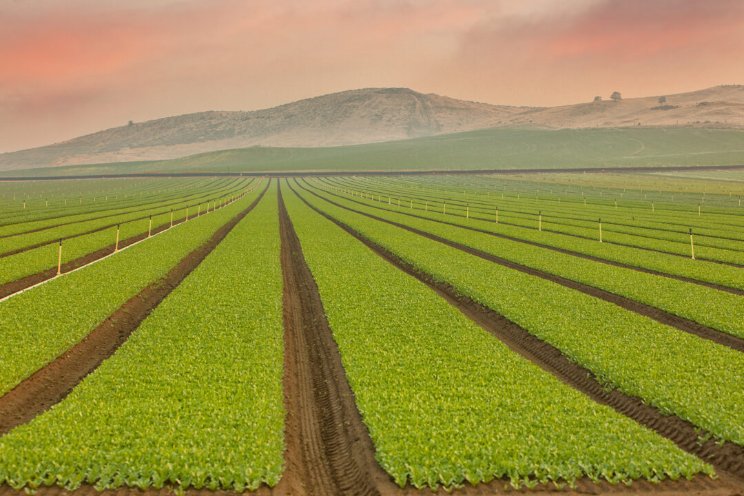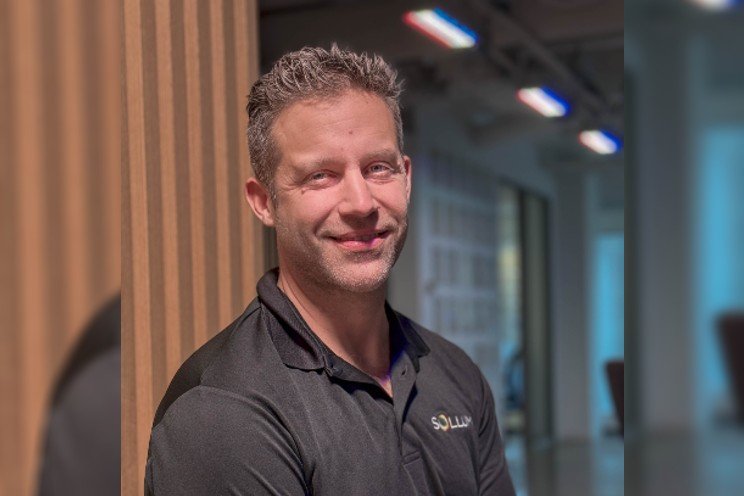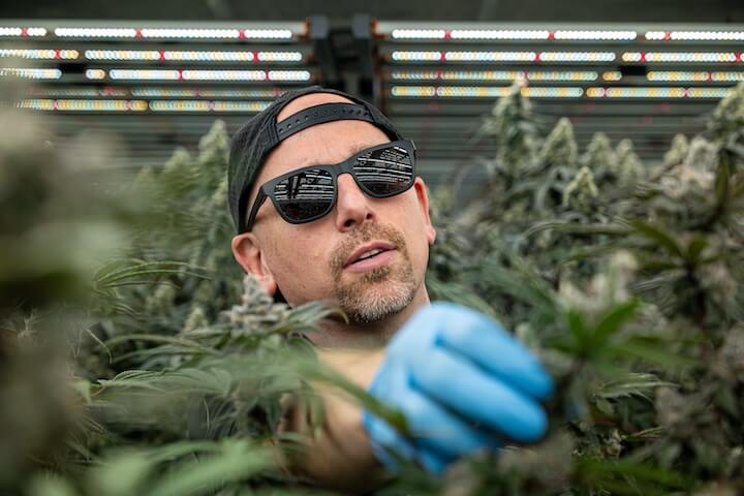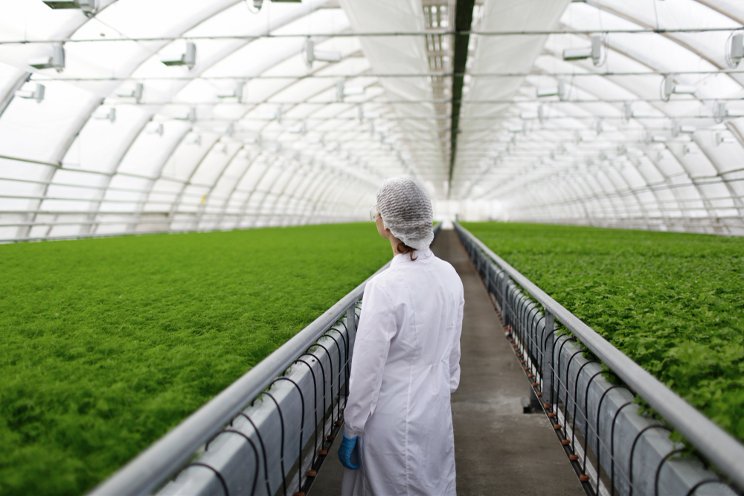'Algorithms provide insight and predictability'
Added on 20 January 2021
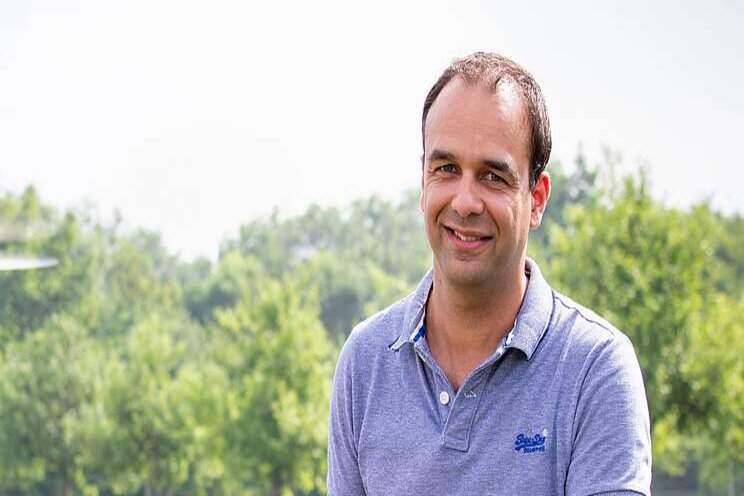
1. Mike, can you describe what you mean by autonomous growing using algorithms?
To me, autonomous growing is actually the wrong term. Autonomous steering would be a better term. Autonomous steering is proposing or applying controls based on data analysis to approach the pre-set objective (strategy) as closely as possible. Besides this aspect, autonomous steering, to me 'autonomous growing', also includes autonomous actions in the crop. Take crop maintenance or robotic harvesting, for example. The combination of these two makes horticulture future-proof.
But whether we use the term autonomous growing or steering, the aim in both cases is to increase efficiency and quality by standardization. This means greater predictability in achieving the cultivation strategy. This predictability is becoming increasingly important in a world where everything is moving more rapidly and agreements are becoming harder.
2. What advantages do you see in working with algorithms?
An algorithm is really nothing more than a piece of code that goes through lots of different options to finally calculate the sum that gets you as close as possible to your desired outcome. An algorithm does this with no emotions or feeling. Which is why ultimately, an algorithm can make better decisions than humans. We set the goal; the algorithm sets the path to it.
Another advantage is that you can make algorithms smarter by using varying data sources as input. Eventually you end up with a simulation model in which you can make predictions about the effect of a certain cultivation strategy. But you can also calculate what the steering should be like if you have a greenhouse in a different location and still want to achieve the same quality and production. In short, algorithms provide insight and predictability.
3. How do you see the application in terms of your company and products?
Despite the fact that Rijk Zwaan does not grow any commercial crops itself, these developments are extremely interesting. As more and more data becomes available about the cultivation conditions and we gain better insight into the needs of our varieties, we will be able to determine better cultivation recipes. By incorporating that recipe into the steering algorithm, the cultivation strategy will be approached more and more closely. It will also make it easier to switch to a new variety. If the specific conditions of the greenhouse are known and we add the needs of a variety, you will get the most out of the variety much faster.
This is also very interesting for our own seed production. We also strive to predict the outcome as accurately as possible. By using algorithms to control seed production, the yield and quality will become more constant and predictable. We also cannot escape producing seed in multiple locations around the world. Autonomous steering will lead to standardization of our productions, which will benefit the quality of the seed and the predictability of the expected productions.
4. Where and how do you think autonomous cultivation will be applied in horticulture? What still needs to be developed?
The great advantage of autonomous growing is that you can still achieve excellent cultivation results with less knowledge. In addition, we are all human, and humans make mistakes. An algorithm can prevent or reduce mistakes. In the Netherlands, we have many very good growers who certainly do not lack knowledge. They too will make a mistake now and then, which allows an algorithm to get just that little bit more out of it. However, initially I think this is very interesting for high-tech environments with a lack of cultivation knowledge. This might be abroad, but I am also thinking of growers in the Netherlands with multiple locations. To equalize the productions over these locations, working with autonomous growing is certainly interesting.
For it to succeed, there are still many things that need to be improved. We still lack a lot of reliable qualitative data. When plant measurements are taken, this is largely done manually, with all the associated inaccuracies. In a very complex set of factors that determine a crop, you cannot afford inaccuracies. In addition, the frequency of manual measurement is really far too low compared to the number of decisions an algorithm makes. One option is to use plant sensors to improve accuracy and measurement frequency. However, we notice in practice that interpreting sensor data and correlating it with the crop position is still really difficult. Let alone using this data in steering algorithms.
5. What's your advice to growers and investors who may still have doubts about growing with algorithms?
There are always reasons not to do something or why something doesn't yet work well enough. But that's true of all technology. The next version is always better. But wouldn't it already be good enough!
I would say just start doing it. It is a very nice reflection on yourself and your business. You start looking at your business from a different perspective, in terms of data. What data do you have and how good is it? Are you collecting the right data? Are you adjusting your steering based on feeling and experience or based on data? It is very interesting to take a good look at the way you make decisions and whether this is the most economically optimal decision.
Getting in doesn't have to be exciting either. Let the algorithm run in the shadows next to your own steering. See where the differences lie. If you get really excited, you can always start with the autonomous management of one department.
6. What tips can you give Blue Radix to develop algorithms further?
With algorithms and artificial intelligence (AI), it is important that we as humans define the goal that an algorithm should achieve. It is often said that a decision based on an algorithm is a black box in which an algorithm does its work and we have to trust that it is correct. However, I do not believe in this. In order for growers with a lot of knowledge to accept algorithms as a good alternative to their own knowledge, it is important that you are transparent about how the algorithms work. Which input parameters are taken into account. The exact working of the model is going too far. People aren't interested in that either, but rather whether they recognize themselves in the variables that play a role in a decision.
Furthermore, it is an important choice whether you develop algorithms further in width (more crops) or in depth. To me, in depth seems to be the better choice for now. There is currently still too much dependence on manual registration to really speak of autonomous steering/growing. Integrations with other automated measurements are very important.
Source: Goedemorgen
More news



